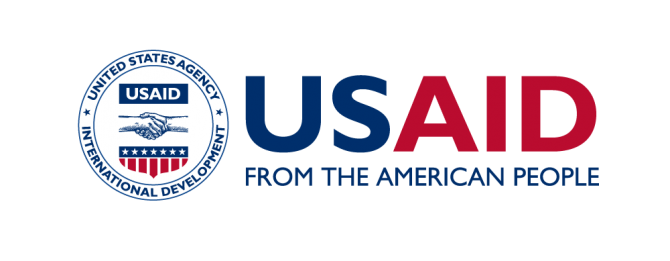Global Synthesis Report 2020
| CORE Programme I Haiti | Myanmar | Iraq | Ethiopia: Tigray | Afghanistan | Northeast Nigeria | Central African Republic | Global Report
Summary
The Global Score Report highlights the national and international entities identified in the survey and data findings as especially effective at reaching people in hard-to-reach areas, and some emerging practices and new models that hold promise. These include peer-to-peer learning on negotiated access and community-led, locally-based collaborations between a wide range of actors in and outside the humanitarian sectors. This year's global report draws on research from Afghanistan, Central African Republic, and northeast Nigeria.
SCORE Report
Funded by USAID, and building off Humanitarian Outcome’s past research on Secure Access in Volatile Environments (SAVE), the first two years of the CORE programme focused on three access-challenged contexts: northeast Nigeria, Afghanistan, and Central African Republic (CAR). This report synthesises those findings and discusses the global state of the debate in the humanitarian sector on access challenges and how to solve them. Data show that in each country there are some geographical areas which are effectively inaccessible for humanitarian operations, and roughly half the territory has at least some access constraints. Greater constraints also correlate with fewer aid organisations operating in the context, and hence lower coverage per person in need. Of the three cases, Northeast Nigeria has the most people in need of aid, the most constrained access, and the fewest operational aid agencies attempting to reach them.

